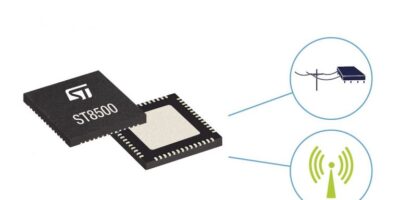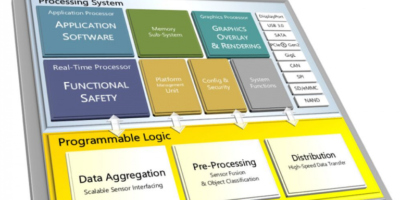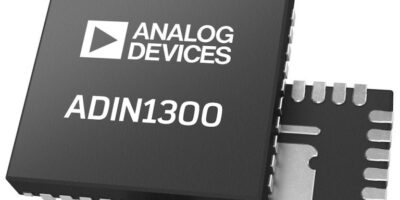The ST8500 smart-meter chipset from STMicroelectronics now integrates both RF and PLC communication. At this week’s European Utility Week 2019, ADD Grup, a European smart-metering, announces hybrid PLC/wireless products that contain the enhanced ST8500 chipset.
ST’s ST8500 powerline communication (PLC) chipset now enables smart meters to communicate through existing power cables or radio frequency (RF) waves, combining the strengths of both types of connection.
Where power lines may be too noisy for PLC, or where local regulations dictate, equipment makers can now implement wireless and PLC quickly and efficiently using the ST8500, explains ST. In addition, the built-in RF capability lets equipment designers leverage the ST8500’s feature integration and ease of use in smart devices such as gas and water smart meters, environmental monitors, lighting controllers, and industrial sensors.
By embedding support for RF Mesh at the physical (PHY) layer and in the data-link layer (media access control, MAC, and 6LoWPAN) firmware, the ST8500 allows developers to leverage the strengths of combined powerline and wireless mesh networking for communication between smart nodes and data collectors. Unlike simple point-to-point links, hybrid mesh networking interconnects nodes extensively to create more reliable and fault-tolerant connections and extend communication distances, adds ST.
“With wireless support now fully integrated in the ST8500 firmware, ST’s chipset . . . .[will] enhance network performance, reliability, capacity, and scalability for our innovative electricity meters,” said Ruslan Casico, head of sales and marketing at ADD Grup. “The hybrid PLC/wireless connectivity is credited for ADD Grup winning “important metering projects” in EMEA, Russia, and Asia.
Domenico Arrigo, general manager, industrial and power conversion, STMicroelectronics, added, “By supporting RF communication alongside the leading PLC protocols, our market-proven chipset enables smart city and industry infrastructures worldwide to deliver more of their potential for saving the planet’s resources and enhancing control and efficiency.”
ST will exhibit its ST8500 chipset and demonstrate smart-meter, smart-home and -building, and smart-infrastructure customer solutions at European Utility Week in Paris, France (12 to 14 November) Stand J160.







